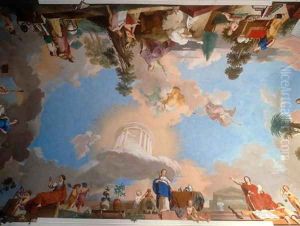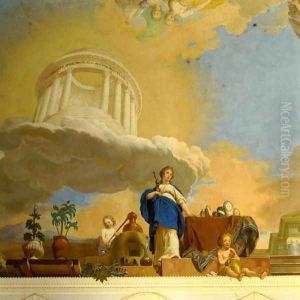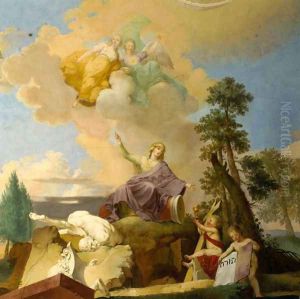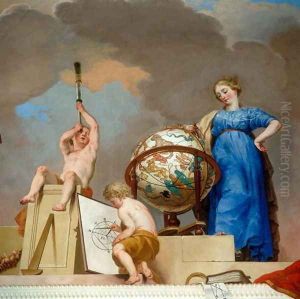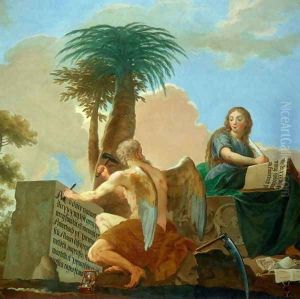Karl Konrad Huber Paintings
Karl Konrad Huber was an influential German artist, born in 1939. Throughout his life, Huber engaged deeply with the visual arts, exploring various mediums and techniques to express his unique vision. His contributions spanned several decades, during which he developed a distinctive style that resonated with both critics and the public. Huber's work is characterized by its exploration of form, color, and composition, reflecting broader movements in European art while maintaining a personal, idiosyncratic touch.
Huber received his artistic education in Germany, where he was exposed to the rich traditions of European art as well as contemporary trends. This dual influence is evident in his work, which often sought to bridge the gap between the historical and the modern. Throughout the 1960s and 1970s, he became increasingly involved in the art scene, participating in exhibitions and gaining recognition for his innovative approach. His art was not confined to a single genre; rather, he experimented with painting, sculpture, and printmaking, showing a remarkable versatility.
In the latter part of the 20th century, Huber's work began to reflect a deeper engagement with social and political themes. This shift was part of a broader trend among artists of his generation, who saw their work as not just an aesthetic endeavor but also a means of commenting on and engaging with the world around them. Despite these thematic shifts, Huber remained committed to exploring the possibilities of the visual arts, constantly experimenting with new materials and techniques.
Karl Konrad Huber passed away in 2021, leaving behind a legacy that continues to influence the art world. His career was marked by a constant search for new ways of seeing and understanding the visual world, making him a pivotal figure in the evolution of contemporary art in Germany. His works are part of numerous public and private collections, and his influence is seen in the work of many younger artists who view him as a pioneer in the field. Huber's life and career are testament to the power of art to challenge, innovate, and inspire.
